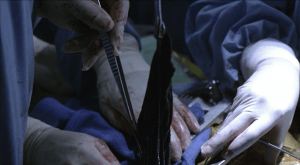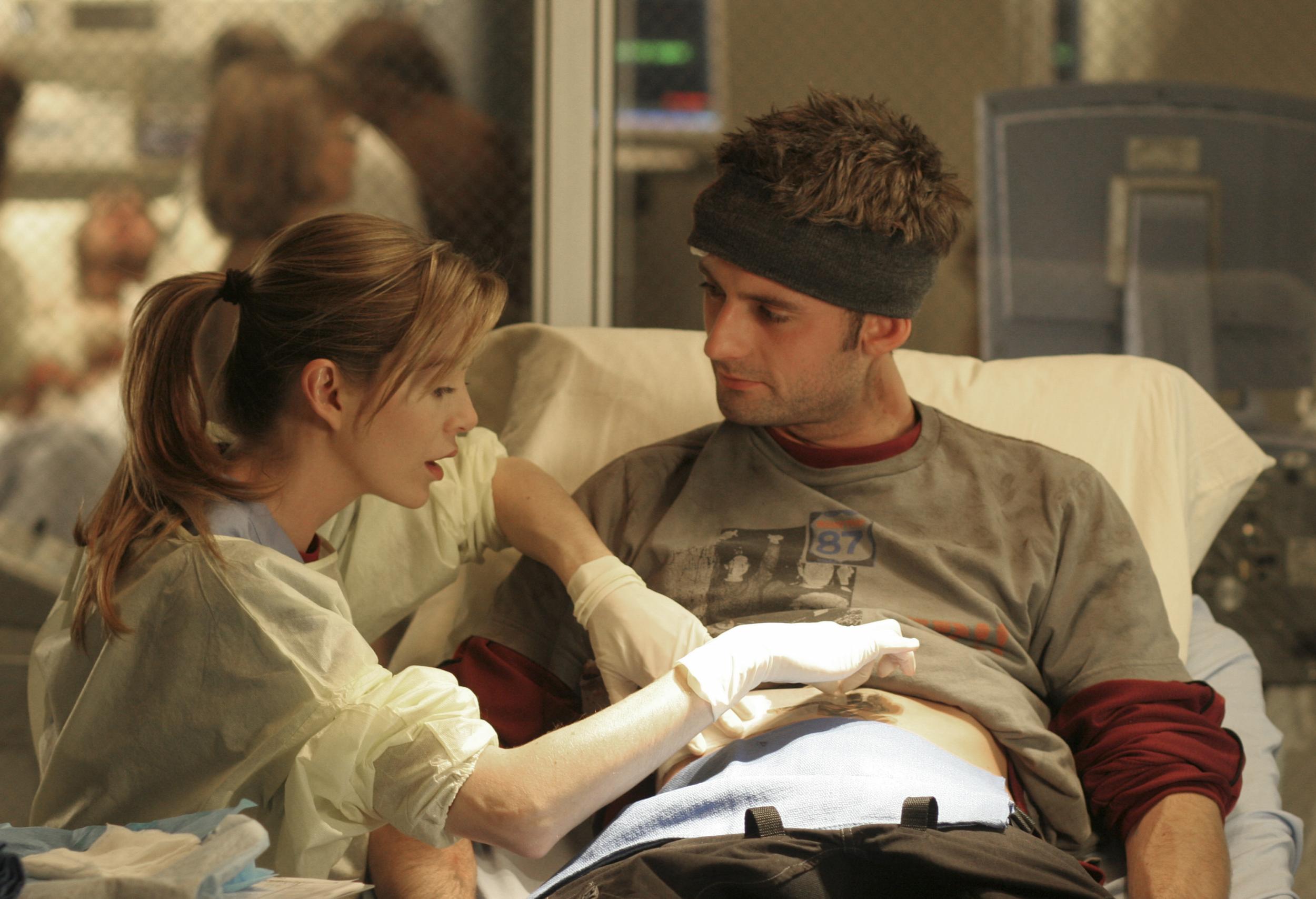Source 1:
Citation: Hetsroni, Amir, and Hila Lowenstein. “Is She an Expert Or just a Woman? Gender Differences in the Presentation of Experts in TV Talk shows.” Sex Roles, vol. 70, no. 9-10, 2014, pp. 376-386. ProQuest, http://prx.library.gatech.edu/login?url=https://search.proquest.com/docview/1531890816?accountid=11107, doi:http://dx.doi.org/10.1007/s11199-014-0370-z.
Summary: In this article, a study was conducted to explore the representation of experts on television with respect to their gender. The study was done on 64 Israeli talk shows from 2012 where 495 experts took part. The results of the study were quite interesting. First, the study showed that male experts outnumbered women experts in a ratio of 1.7:1. The men were also older than the women experts and tended to possess a higher academic rank. The differences were also visible when it came to the topics that the experts were asked to comment on, with men more likely to talk about security, self-defense, politics, and economy, while the women often commented on body grooming and child care. The question that we are left with at the end of this study is “has the representation of women changed over the years or are women still portrayed as inferior to men on TV?”
Importance: Shows that women ares still portrayed as inferior to men on the news as of 2012.
Source 2:
Citation: Lachover, Einat. “JUST BEING A WOMAN ISN’T ENOUGH ANY MORE: Israeli Television News of Women in Local Politics.” Feminist Media Studies, vol. 12, no. 3, 2012, pp. 442. ProQuest, http://prx.library.gatech.edu/login?url=https://search-proquest-com.prx.library.gatech.edu/docview/1220402574?accountid=11107.
Summary: This article was based on a study conducted about TV and news coverage of women in the local elections held in Israel in 2008. The question of the study was “Did national TV news in Israel during the election campaign reflect the changes in the status of women in local politics that have occurred in the last two decades? How prominent was the representation of women politicians in national TV news coverage and what patterns did it display?” The study was conducted on all broadcasted content that dealt with women in the month prior to the local elections. Anything that featured a women candidate or featured topics relating to women in politics in general was recorded for the study. At the conclusion of the study, it was found that the extent to which the topics of women in politics were discussed on TV was not very large. This shows that women in politics are still a minority.
Importance: Shows that the topic of woman in politics is not discussed in the television news as much as it should be.
Source 3:
Citation: Carter, Bill. “TELEVISION; Women Anchors are on the Rise as Evening Stars.” New York Times, Aug 12, 1990. ProQuest, http://prx.library.gatech.edu/login?url=https://search-proquest-com.prx.library.gatech.edu/docview/427772519?accountid=11107.
Summary: Maria Shriver, the anchor of the NBC News Sunday “Today” program went on maternity leave early 1990. She told NBC News executives that she did not want to go back to her previous role on the channel when she came back. She said that she wanted time to stay at home on the west coast with her newborn daughter. She asked for a part-time position, in which she was to anchor a series of prime-time specials for the network. NBC News President Michael G. Gartner was desperate to retain Ms. Shriver and agreed to her request. The result came to be known as “Cutting Edge With Maria Shriver”, a news special that was held four times a year and was to be shown Tuesday night at 10 on NBC. This led to a start of a new wave of women such as Barbara Walters, Diane Sawyer, Jane Pauley, and Connie Chung, that started to take more prominent roles in news networks and television.
Importance: Shows that progress has been made since the 1990s, giving woman more prominent roles in new networks.
Source 4:
Citation: Barnes, Dottie M. Are Female Television News Anchors Still Judged by their Appearance: A Study of Gender Bias in Relation to Female Television News Anchors and their Perception of Age and Appearance Discrimination, Grand Valley State University, Ann Arbor, 2005. ProQuest, http://prx.library.gatech.edu/login?url=https://search-proquest-com.prx.library.gatech.edu/docview/305349891?accountid=11107.
Summary: This study asks whether female TV news reporters are still judged by their appearance as they did from the 1980s to the 1990s. In 1998, women made up more than one-third of the workforce in television news and were half of all television news reporters and anchors. According to personal stories of female television news anchors, women still feel pressured to look young and attractive on news broadcasts. A 2005 survey showed that female anchors still felt like there is a big emphasis on their appearance. 17 were surveyed, 76.5% of which agreed or strongly agreed that throughout their careers, they’ve heard comments regarding their appearance. Only 2 of the 17 women disagreed, and another 2 were undecided. An even greater percentage, 88.2% agreed or strongly agreed that they’ve heard comments from their viewers about their appearance. These results show us that even though by 2005 we’ve come a long way with television and news, women still felt that their appearance on television still played a major role in their career as news anchors.
Importance: Shows that woman reporters are still expected to be attractive on television news, much like they were in the 1980s.
Source 5:
Citation: Powers, Angela. “Women in Television News Revisited.” Journalism and Mass Communication Quarterly, vol. 76, no. 4, 1999, pp. 792-793. ProQuest, http://prx.library.gatech.edu/login?url=https://search-proquest-com.prx.library.gatech.edu/docview/216932038?accountid=11107.
Summary: This article discusses the book of “Women in Television News Revisited” by Judith Marlane, which talks about the inequalities between men and women in television news. It addresses the “painful subjects of being a woman in what is still an industry controlled by men”. The book talks about the fact that males still dominate boardrooms of television news and that women are still not equally treated in the industry. The book contains a collection of stories from seventy female and fifteen male accounts addressing “everything from marriage and family to aging”. The book goes on to reflecting on how society describes old men as “interesting”, while old women are described as “finished”. Marlane also discusses the difficulties of being a woman and a minority. She mentions that the problem of diversity is acknowledged in most newsrooms, but also mentions that there has been less commitment to bringing minorities into broadcasting professions while networks claim they “cannot find qualified people”.
Importance: This article touches on issues such as being a woman and a minority, which are not discussed in the articles.
Source 6:
Citation: Willer, Sarah E. Women News Directors: Gender Obstacles to Achieving Television Newsroom Leadership, San Diego State University, Ann Arbor, 2014. ProQuest, http://prx.library.gatech.edu/login?url=https://search-proquest-com.prx.library.gatech.edu/docview/1614530378?accountid=11107.
Summary: Women are represented by various media messages everyday yet there is little thought that is dedicated to the women behind these messages. This study is dedicated to examine the “personal, institutional, and socio-cultural” obstacles that woman news workers face in their career path to becoming a news director, and how current women news directors were able to overcome these obstacles. The study was conducted using surveys and interviews, going deeper than just the descriptive numbers but into why the numbers are so low and what can be done to encourage more women to strive to become news directors. On a scale of 1 to 7, 1 being strongly disagree to 7 being strongly agree, in answering the question “It is more difficult for a woman to advance to the position of news director”, the average of all male answers was 3.44 while the average of all woman answers was 4.56. This study shows that from a woman’s perspective, it is significantly harder to become a news director than it is for a man.
Importance: Gives incite into what it’s like for a women to get promoted in the television news industry.






